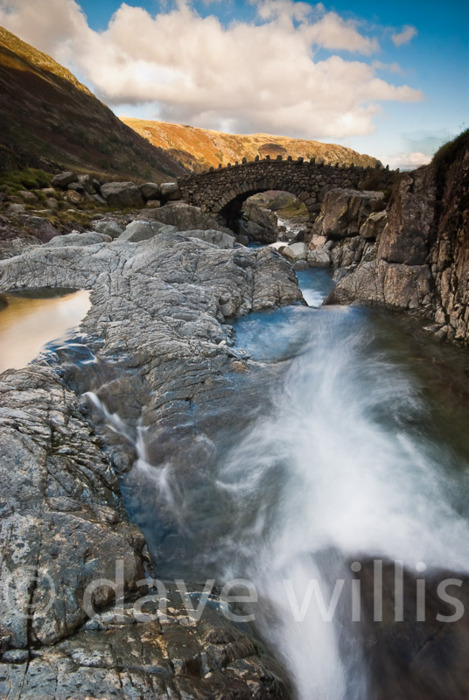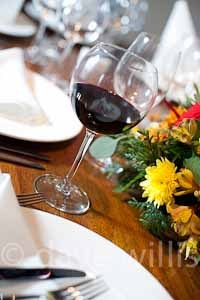Variable apertures are helpful to enable us to control exposure but they're not absolutely necessary. We could make perfectly good exposures with just a single aperture and variable shutter speeds. In fact, that's exactly how a pin hole camera works. It has just a single aperture - the pin hole - and variable shutter, ie the length of time you uncover the pin hole. So variable apertures are not essential for getting good exposure, just helpful. No, what apertures are really essential for is varying and controlling depth of field - that zone of sharpness we get when we focus a lens on a subject. That's the creative power of apertures and it's using that creative power to enhance our photographs that assignment 2 is all about.
The idea is to create two photographs that really use the creative possibilities of depth of field in a meaningful, thoughtful and eye-catching way. It's a chance to show off your technical ability (look what I can do with depth of field!) and expand your creative horizons (what happens if I use a really short depth of field with this subject?)

TASK.
Produce 2 photographs to demonstrate the effective and creative use of Apertures to Control Depth of Field
Create a photograph that uses a wide aperture (f2.8 or similar) to produce a limited or short depth of field.
Create a photograph that uses a narrow aperture (f22) to produce maximum or long depth of field.
Produce 2 photographs to demonstrate the effective and creative use of Apertures to Control Depth of Field
Create a photograph that uses a wide aperture (f2.8 or similar) to produce a limited or short depth of field.
Create a photograph that uses a narrow aperture (f22) to produce maximum or long depth of field.
Here are two examples.
The landscape photo of a river and stone bridge is a classic example where a large depth of field is going to help the photo. Being a landscape photo we really expect to be able to see every detail clearly focused and well defined throughout the image, from front to back. And there's a lot of useful things that happen when we approach a landscape photo with the intention of creating a large depth of field. To get max DoF we know we are going to be using a small aperture right? Probably f22.
OK, that means we are going to be forced to use a slow'ish shutter speed, because that little f stop is not going to be letting in much light. Slow shutter speed means camera shake. Camera shake is no good, so we are forced to use a tripod to avoid it. Tripod means we don't have a camera shake problem and we can actually use pretty much any shutter speed we like without worrying about camera shake. So we can drop the ISO to the lowest level possible - that's great for quality, low ISO means no digital noise in the picture. And of course a slow shutter speed means that anything moving in the frame will appear as a motion blur. In a landscape there are only a few things that are likely to move around; People, traffic, wind blown trees etc, clouds and water. This is all good for landscape photos because motion blur in all these things will make the picture look better. That's why landscape photographers always use a tripod.
 The restaurant scene (left) uses a short depth of field as a creative and technical element to achieve a specific outcome. What outcome? Well, it isolates the glass of wine -which is the subject - and separates it from the rest of the scene by keeping the background and foreground outside of the depth of field. The result is that we look directly at the wine glass, the only element that is sharply defined. Using a short depth of field is a great way of getting rid of distracting backgrounds and foregrounds or reducing them to a contextual setting that doesn't get in the way of looking at the actual subject.
The restaurant scene (left) uses a short depth of field as a creative and technical element to achieve a specific outcome. What outcome? Well, it isolates the glass of wine -which is the subject - and separates it from the rest of the scene by keeping the background and foreground outside of the depth of field. The result is that we look directly at the wine glass, the only element that is sharply defined. Using a short depth of field is a great way of getting rid of distracting backgrounds and foregrounds or reducing them to a contextual setting that doesn't get in the way of looking at the actual subject.
Well, there it is. Your job is to see what you can do with minimum and maximum depth of field. Pick subjects that will really benefit from the treatment you give them so you can learn to get the best effect out of the f-stop you choose. Landscape-style subjects generally look better with a large depth of field, portrait or specific object photos look good with short depth of field.

Good information....
ReplyDeletepinhole shutters
Thank U for your Information By Certified Photography Courses
ReplyDelete